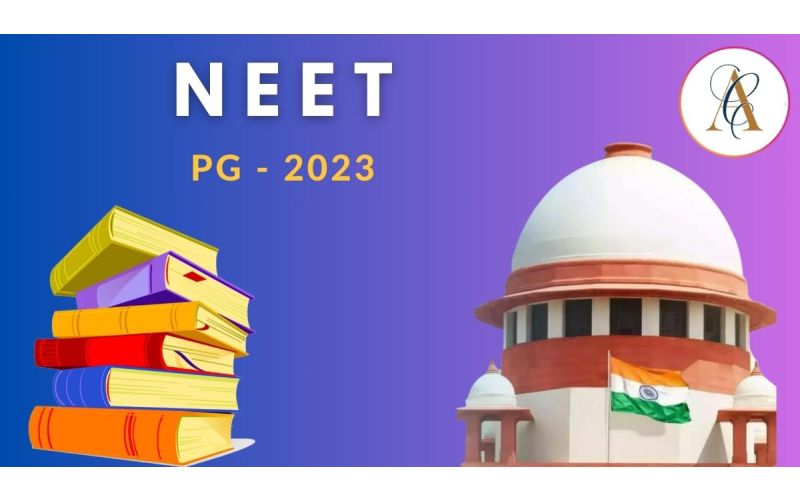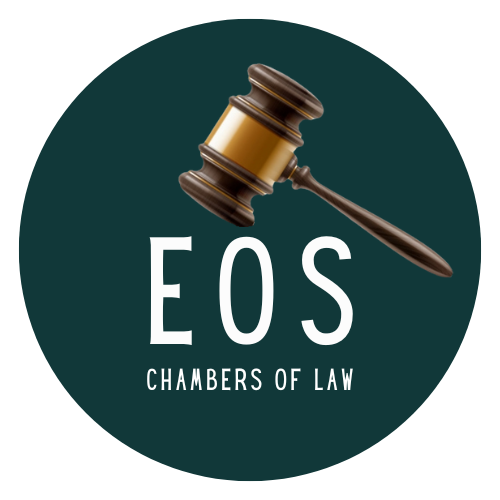🤝 Mediation vs. Arbitration: Choosing the Right Path in A

🤝 Mediation vs. Arbitration: Choosing the Right Path in ADR ⚖️
Alternative Dispute Resolution (ADR) has become an increasingly popular method for resolving disputes outside of traditional court litigation. Among the various ADR methods, mediation and arbitration stand out as two of the most commonly used approaches. While both aim to provide an efficient and less adversarial resolution process, they differ significantly in terms of procedure, outcome, and suitability for different types of disputes.
Mediation: A Collaborative Approach 🤝
Mediation is a voluntary process in which a neutral third party, the mediator, facilitates discussions between the disputing parties to help them reach a mutually agreeable solution. The mediator does not impose a decision but instead assists the parties in exploring their interests and finding common ground. Mediation is particularly well-suited for disputes where the parties wish to maintain or repair their relationship, such as family conflicts, workplace disputes, or commercial negotiations.
Key Benefits of Mediation:
- Control: Parties retain control over the outcome and can tailor the agreement to their specific needs.
- Confidentiality: Mediation proceedings are private, allowing sensitive information to be kept out of the public domain.
- Flexibility: The process is informal and can be scheduled at the convenience of the parties.
Arbitration: A Binding Resolution 📝
Arbitration, on the other hand, is a more formal process where the disputing parties agree to submit their conflict to one or more arbitrators, who act like private judges. The arbitrator(s) review evidence, hear arguments, and render a binding decision, known as an award. Arbitration is often chosen for its finality and enforceability, making it a preferred method in commercial disputes, particularly those involving complex legal issues or large sums of money.
Key Benefits of Arbitration:
- Finality: The arbitrator's decision is usually final and binding, with limited grounds for appeal.
- Expertise: Parties can select arbitrators with specific expertise relevant to the dispute.
- Efficiency: Arbitration can be faster than court litigation, with a streamlined process and limited discovery.
Choosing the Right Path 🛤️
When deciding between mediation and arbitration, parties should consider the nature of their dispute, their relationship with the other party, and their desired outcome. Mediation is ideal for those seeking a collaborative solution and wishing to preserve their relationship, while arbitration is better suited for parties needing a decisive, enforceable resolution with minimal delay.
In conclusion, both mediation and arbitration offer valuable alternatives to traditional litigation, each with its own advantages. By understanding the differences between these ADR methods, parties can make an informed decision that aligns with their goals and the specific circumstances of their dispute.
Post Categories
Featured Posts
Latest Posts
Latest Posts

Dividend Income From Indian Entity's Establishment In Oman Having Permanent Establishment Status Under DTAA...
The Supreme Court has held that if an Indian Entity rsquo s Establishment is operating in Oman and has a lsquo Permanent Establishment rsquo status under Double Taxation Avoidance Agreement ldquo DTAA rdquo then the dividend income received by the...

Legal Framework for Virtual Court Hearings Challenges and Opportunities...
The advent of virtual court hearings marks a significant evolution in the judicial system reshaping traditional courtroom dynamics While this shift brings efficiency and accessibility it also introduces unique challenges and opportunities that require careful consideration within the legal framework...

Motor Accident Claims No Right To Recovery For Insurer Merely Because Vehicle Owner Didn't...
The Supreme Court on Monday th October held that an insurance company cannot claim that it is not liable to pay compensation in a motor vehicle accident claim just because the vehicle owner did not verify the genuineness of the...

Startups and Legal Compliance A Guide to Navigating Indian Laws...
Starting a business in India is an exciting journey filled with opportunities and challenges One critical aspect that often poses a challenge for startups is navigating the complex landscape of legal compliance Understanding and adhering to the various laws and...

NEET-PG Supreme Court Dismisses Plea Challenging Reduction Of NEET-PG Qualifying Percentile To Zero...
The Supreme Court on Monday September dismissed a petition challenging the decision of the Union Government to reduce the cut-off for post-graduate medical college admissions through NEET-PG exam as zero percentile A bench comprising dismissed a PIL filed...

SC Ruling On User Development Fee Provides Guidance For GST Tax On Royalty...
The nbsp SC nbsp had held that nbsp UDF nbsp collected by the nbsp DIAL nbsp is in the nature of statutory levy and the same would not be taken as consideration against any services A recent judgment by the...

Speak With Our
Get a Appointment
















